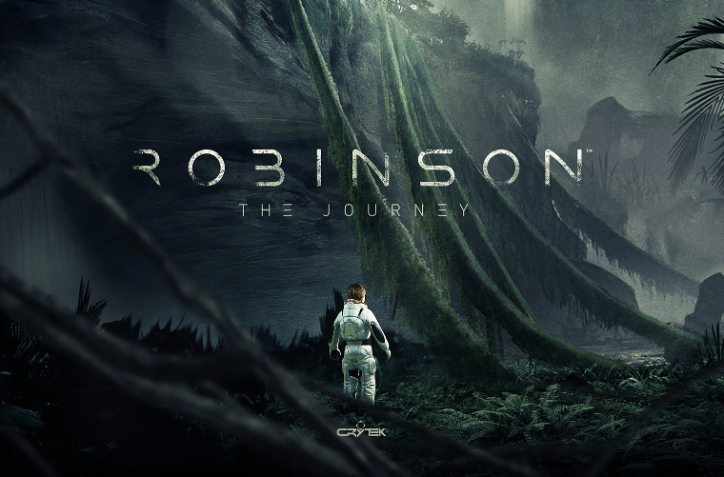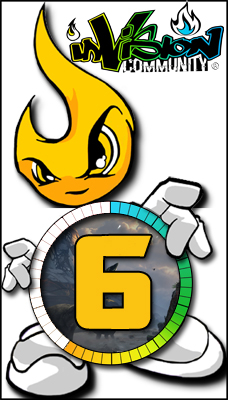After what one can argue that has been quite an incredibly long wait, Virtual reality is finally among us and among consoles. The first iterations of VR headsets have been from HTC and from Samsung and Oculus Rift, but with the launch of the Playstation Virtual Reality headset, the ball has been set rolling.
The competition for virtual reality has now officially started, with Sony making major strides forward in both marketing and advertising as well as pricing. This is because the PSVR comes in over €100 cheaper than the competition. There being millions of PS4 owners worldwide is also an important factor, since one can safely assume that there are much more owners of PS4 than gaming rigs which support VR on PC, myself included.

Slowly but surely, PSVR games are starting to come in, and one of the early few is developed by Crytek, made famous for the Crysis series for always establishing new benchmarks in terms of graphics. On PSVR it is no different, as Robinson:The Journey, their first VR Project, is being pointed by many as the best looking VR game to date, and with good reason.
You start as Robin, a child who is space-shipwrecked onto an island which seems to host both prehistoric life as well as current or futuristic technologies. An example of this technology is the companion robot known as HIGS. From the get go, one can make the connection that HIGS is a kind of carer for Robin, accompanying him along his travels. The beginning of the game sees Robin encountering a dinosaur egg, which hatches in front of your eyes, literally, to reveal a baby T-Rex. Handily enough, you have some food to give her, which she quite likes. The game then skips forward by a couple of years to reveal how much you and Laika, the dinosaur have grown. The game, as the name not so subtly implies, takes inspiration from the Robinson Crusoe tale and remixing the story and adding in dinosaurs, robots and whatnot.

The game quickly evolves into a series of puzzles which can range from simple, brain tickling exercises to ludicrous, brain wrecking quests. Some puzzles are quite outrageous in the sense that you will waste much more time than you think is needed to solve it. This is the most prominent limitation of the game, halting it from becoming a day one purchase especially due to the lack of games currently available for PSVR.
Since this is one of the first few VR games, it will present gamers with a brand new control scheme. The headset obviously controls the primary first person movement in looking around, but one can also use the controller to rotate the camera sector by sector, which if you get motion sickness I do not recommend doing, since it gets to your head rather quickly, unfortunately discovering so myself. The other controls mainly revolve moving, obviously with the left analog stick, and using an ingame move controller to move stuff about to solve puzzles. Ironically, Robinson does not feature PS Move compatibility, making the game feel a little awkward since you are carrying one around.

If the story and its commands are fairly regular, the graphics are not. In fact, as mentioned briefly before, the visuals are amazing, and each palm tree makes you feel as if you are right under it, feeling every breeze which gently moves the leaves to and fro. It is not only the greenery which looks great, but even the smallest details such as boxes and gadgets here and there.
The sky really is the limit here as far as graphics can go, and with Crytek known for pushing the limits on any device they are working on, we can expect some terrific games in the near future. Unfortunately this cannot really be said for the gameplay elements of the game which range from easy to frustrating at best. Some puzzles even have bad checkpointing as well, meaning responding will throw away a big chunk of the progress you have made until that point. They say you have to be cruel to be kind, but not this cruel Crytek.

Robinson: The Journey will definitely make a name for itself in the coming days of PSVR exploration, but it will make the rounds more for its impressive visuals rather than the elements which make it a game. Clunky controls and frustrating puzzles will throw off quite a number of gamers, while those who hang around will not have much to treasure for the experience apart from the great vistas of the game.









You must be logged in to post a comment.